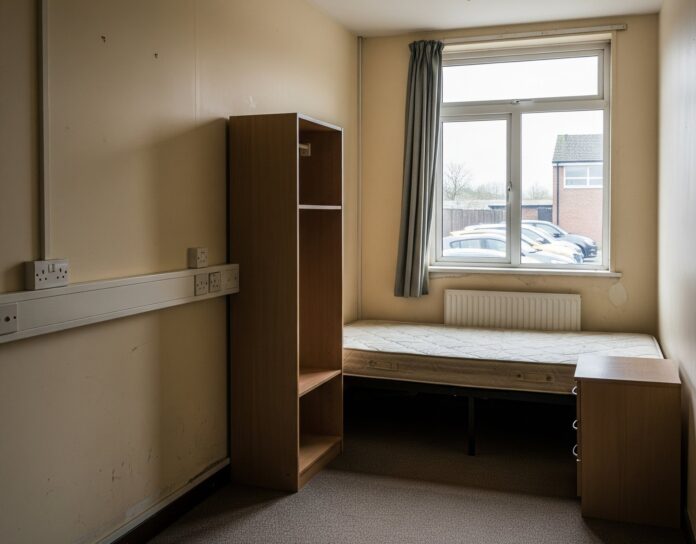The UK housing crisis is worsening, with affordability pressures mounting and housing supply stalling, according to the latest Housing Outlook from the Resolution Foundation.
The think tank has launched 12 new indicators to track the relationship between housing and household living standards, highlighting issues that directly affect mortgage applicants and long-term homeownership prospects.
A record 128,000 households are now living in temporary accommodation in England – up 160% since 2010 – driven by a lack of affordable homes and a housing benefit system that fails to keep pace with private rents.
COLLAPSED SOCIAL RENT SUPPLY
The impact is most severe in London, which accounts for over half of all temporary accommodation cases.
Social rent supply has collapsed, with just 16% of new affordable homes in 2023–24 built for social rent, compared to 87% in the early 1990s. The shift toward shared ownership and intermediate rent may stretch public subsidy further but has left fewer options for low-income households and first-time buyers.
AFFORDABILITY SQUEEZE
The affordability squeeze is also intensifying in the private rented sector. Nearly half of families on Universal Credit do not have their housing costs fully covered by Local Housing Allowance.
The resulting shortfalls are contributing to arrears, instability, and rising homelessness – key risk factors for lenders and local authorities alike.
Meanwhile, planning approvals hit a record low in Q4 2024, posing a major challenge to the Government’s target of 1.5 million new homes by the end of the Parliament.
FRONT AND CENTRE

Camron Aref-Adib, researcher at the Foundation, said: “If the Government is serious about improving living standards, housing has to be front and centre.
“That means fixing the supply pipeline, repairing the welfare safety net, and reversing the erosion of social housing.”





